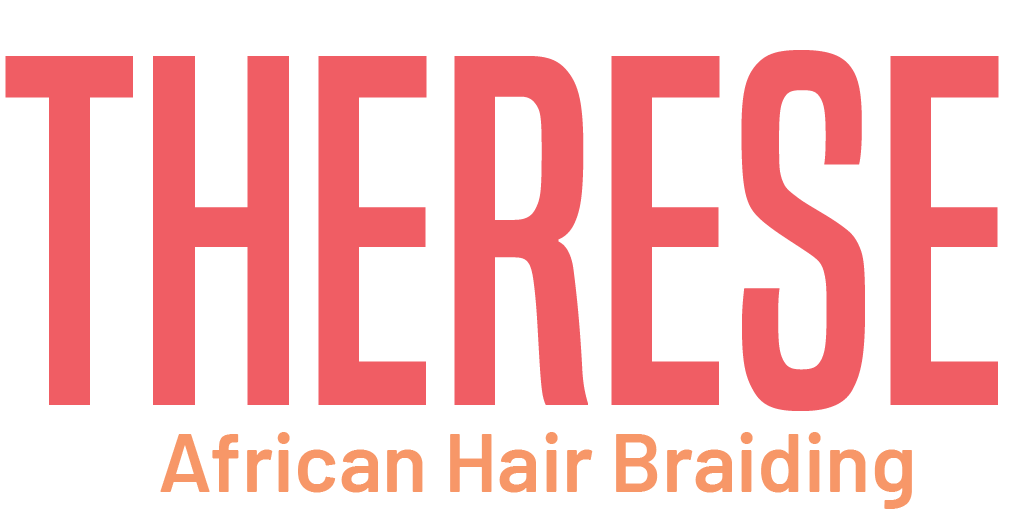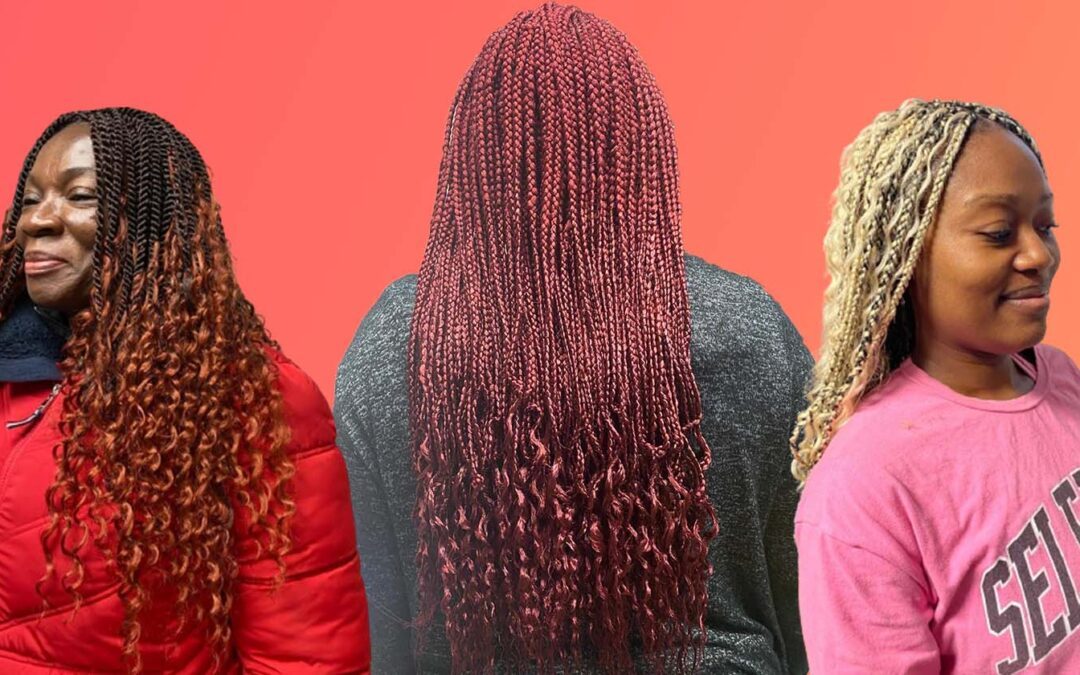African hair braiding isn’t just a hairstyle, it’s a deeply-rooted cultural tradition that has evolved over centuries, imbued with symbolism and significance. Known for their intricacy, durability, and versatility, these braiding styles are a testament to the artistry and creativity inherent in African heritage. Let’s explore the beauty and variety of African hair braiding and discover some tips on how to care for these unique styles.
The Beauty of Diversity
African hair braiding styles are as diverse as the continent itself. From the simplicity of three-strand braids to the complexity of intricate designs like cornrows, box braids, Senegalese twists, and goddess braids, there’s a style for every personality and occasion.
Cornrows are braids plaited close to the scalp, often in straight lines, though they can also be formed in complex geometric and curvilinear designs.
Box braids are single plaits, usually divided by small squared-off parts or boxes. They are incredibly versatile and can be styled in numerous ways.
Senegalese twists or rope twists are a type of twist hairstyle that originated in Senegal, West Africa. They’re created by twisting your hair around itself for a rope-like appearance.
Goddess braids are essentially larger, glorified cornrows, often braided in a way that forms an updo.

Historical and Cultural Significance
Historically, African hair braiding served as a social activity among women, a bonding experience that also signified one’s tribe, status, age, or marital status. Despite the painful history of slavery and colonization that disrupted many African traditions, hair braiding endured and evolved, creating a powerful link between the past and present.
Caring for Braided Hair
Maintaining the health of your hair and scalp is crucial when wearing braids. Here are a few tips:
- Keep it clean: Wash your braids and scalp using a mild shampoo every two weeks. Use a light conditioner to maintain moisture.
- Maintain moisture: Apply natural oils like coconut or almond oil to your scalp and braids to prevent dryness and brittleness.
- Avoid tight braids: Braids that are too tight can cause tension and breakage. Ensure your stylist understands your comfort level.
- Wear a satin or silk scarf at night: This helps to reduce frizz and keep your braids looking fresh.
- Take breaks between braiding sessions: Allowing your hair to rest is essential to maintain its health.
Conclusion
African hair braiding is a beautiful expression of culture and identity. It requires skill and patience but results in styles that are stunning and unique. With the right care, you can keep your braids looking beautiful for weeks, all while showing off a part of a rich and vibrant tradition.
At Therese African Hair Braiding, we’re committed to providing the highest quality of service while helping you celebrate your heritage. Whether you’re trying out African braiding styles for the first time or you’re looking to try something new, we’re here to help you embrace your roots and feel confident in your look.

